
As for the aggregate materials, crushed limestone and crushed gravel, commonly used in Illinois in base/subbase appliions, were considered. Illinois dense graded base specifiions allow aggregate materials with a maximum particle size of 25 mm for the CA 6 specifiion and 50 mm maximum particle size for the CA 2 aggregate.
Get Price
Aggregates Are Mainly Classified into Two Categories: Fine aggregate; Coarse aggregate; The fine aggregate is natural sand that has been washed and sieved to remove particles larger than 5 mm, and the coarse aggregate is a gravel that has been crushed, washed and sieved so that the particles vary from 5 to 50 mm in fine and coarse aggregate is delivered separately.
Get Price
Properties And Uses. Aggregate is a granular material that is inert and is mixed with other binding materials to produce any building construction material such as concrete or mortar etc such as sand, gravel, crushed stones, recycled concrete, etc. Aggregate is used as a filler for increasing the volume of the building material because it is ...
Get Price
The physical properties and sieve analysis of this aggregate are shown in Table 1 and Fig. 1 respectively. Physical properties and sieve analysis of .
Get Price
Tests on the aggregates showed that the recycled concrete aggregates have lower specific gravity and higher absorption capacity than the original crushed granite aggregate. The resistance to mechanical actions such as impact, crushing and abrasion for the recycled concrete aggregates is also lower.
Get Price
Aggregates are generally thought of as inert filler within a concrete mix. But a closer look reveals the major role and influence aggregate plays in the properties of both fresh and hardened concrete. Changes in gradation, maximum size, unit weight, and moisture content can all alter the character and performance of your concrete mix.
Get Price
Jul 01, 2004 · Four different types of new clay bricks with different compressive strengths were used in the investigation. Several physical and mechanical properties of fresh and hardened concrete produced from crushed clay brick aggregates were determined and compared to concrete produced using granite as a proven aggregate.
Get Price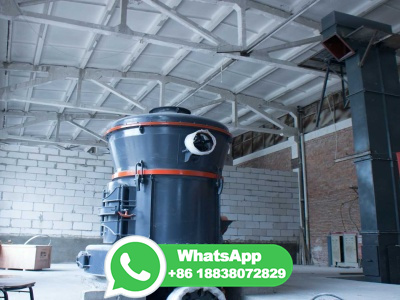
Nov 11, 2019 · If it is crushed, gravel loses its unique smooth rounded texture and becomes crushed stone. It is important to note that some contractors refer to any stone in certain size ranges as "gravel," even if it is crushed stone. For example, depending on the region of the United States, crushed stone in the size of a few mm to 2 inches is referred ...
Get Price
Mar 08, 2016 · When waste glass is crushed to sandlike particle sizes, similar to those of natural sand, it exhibits properties of an aggregate material. In 1994 approximately million metric tons ( million tons) of postconsumer glass was discarded in the municipal solid waste stream in the United States.
Get Price
The physical properties of aggregates stem from the inherent properties of the source rock; these include texture, structure, and mineral composition. Textural properties give rise to internal characteristics, of which the pore size is perhaps most important. Structural characteristics define the degree to which the minerals within the aggregate are segregated or oriented in one.
Get Price
The paper compares macromechanical and micromechanical properties of highperformance concrete containing supplementary cementitious materials and basalt aggregate. The aggregate was either a common unprocessed crushed basalt aggregate or crushed basalt aggregate the coarse fractions (4/8 and 8/16 mm) of which were washed by water and dried before use.
Get Price
Aggregate is a collective term for the mineral materials such as gravel, sand, and crushed stone, which are used along with binding materials such as bitumen, cement, lime, etc to form compound materials. Properties of aggregate play a .
Get Price
Dec 02, 2021 · The crushed natural coarse aggregate used in the mixture had a maximum size of 20 mm and a density of g/cm 3. ... The material properties of the coarse and fine aggregates, including density and water absorption, were measured as shown in Table 1.
Get Price
Dec 16, 2019 · To study the physical properties of aggregate products and its suitability for road base construction: sieve, crushed aggregate, balance, oven, dish, water, Ponding surface, impact testing machine, compression testing machine, abrasion machine, brushes, and sample container are used and the physical properties of the aggregate products are ...
Get Price
Relative Supplies of Natural Aggregates by State. To help highway agencies understand the available supply of natural aggregates (crushed stone, sand, and gravel) in each State, FHWA recently compiled key statistical indiors relating annual natural aggregate production expressed as a ratio to lanemiles of pavement in each State for 2017.
Get Price
Crushed aggregates for roads and their properties for frost protection Elena Kuznetsova, NTNU and Svein Willy Danielsen, SINTEF With natural (fluvial, glaciofluvial) sand/gravel resources being rapidly depleted in many countries, the last decade has seen a significant trend towards using more alternative materials for construction purpose. In Norway the development and .
Get Price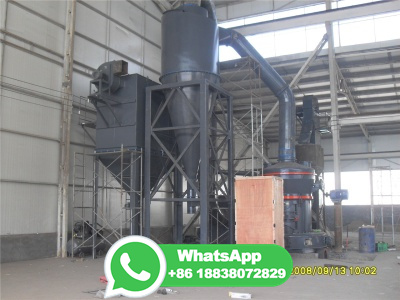
Oct 31, 2020 · Crushed stone is the most common material for use in the aggregate of bedding course. The aggregate for the bedding course of permeable roads needs to not only meet the requirements of basic mechanical properties but also ensure permeability and structural stability. This work analyzed permeability under extreme rainfall conditions and the particle mass loss .
Get Price
Aggregate Base Course . Aggregate Base Course often referred simply as ABC, has certain desirable properties. Base Course in pavements refers to the sublayer material of an asphalt roadway and is placed directly on top of the undisturbed soil (SubGrade) so as to provide a foundation to support the top layers of the pavement.
Get Price
Aug 08, 2018 · The subbase if formed by dust and small chipped aggregate layers, typically Crushed Fines. The crushed aggregate base lays on heavy traffic or driveways areas. Dense Aggregate Base. Densegraded base course are aggregates having different particular size. Recycled aggregates in concrete can also be of use.
Get Price
Jul 06, 2017 · Aggregates form the major portion of the pavement structure. Bear stresses occurring on the roads and have to resist wear due to abrasive action of traffic. Aggregates are also used in flexible as well as in rigid pavements. Therefore, the properties of aggregates are of considerable importance to highway. The aggregates to be used in road construction, particularly
Get Price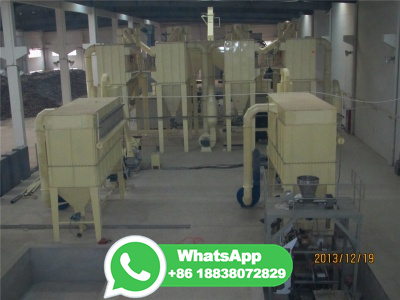
Size Coarse Aggregate by Abrasion and Impact in the Los Crushed Slag—The crushed slag shall be aircooled Angeles Machine2 blastfurnace slag and shall consist of fragments reasonably C 136 Test Method for Sieve Analysis of Fine and Coarse clean, tough, durable, and consistent in density and quality.
Get Price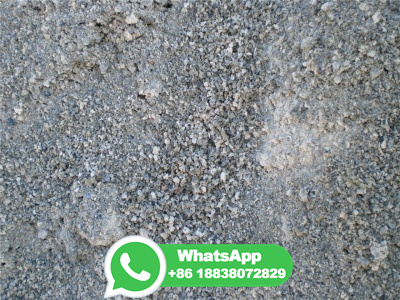
The overall or mechanical properties of concrete depends on certain properties of aggregates like source of aggregates, normal or light or heavy .
Get Price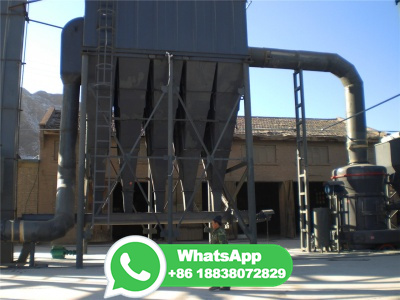
Crushed stone or angular rock is a form of construction aggregate, typically produced by mining a suitable rock deposit and breaking the removed rock down to the desired size using is distinct from naturally occurring gravel, which is produced by natural processes of weathering and erosion and typically has a more rounded shape.
Get Price
Mar 02, 2018 · Physical Properties Of Crushed Natural Co Aggregate Cnca. Solved 1 Unit Weight Bulk Density Of Aggregate Calcu. Aggregate Materials Calculator. Long Term Performance Of L Base Course Layers In Asphalt. What Is The Weight Of 10mm Aggregates In 1 Cubic Meter Quora. Maximum Bulk Density For 20mm And 12 5 Mm Aggregates.
Get Price